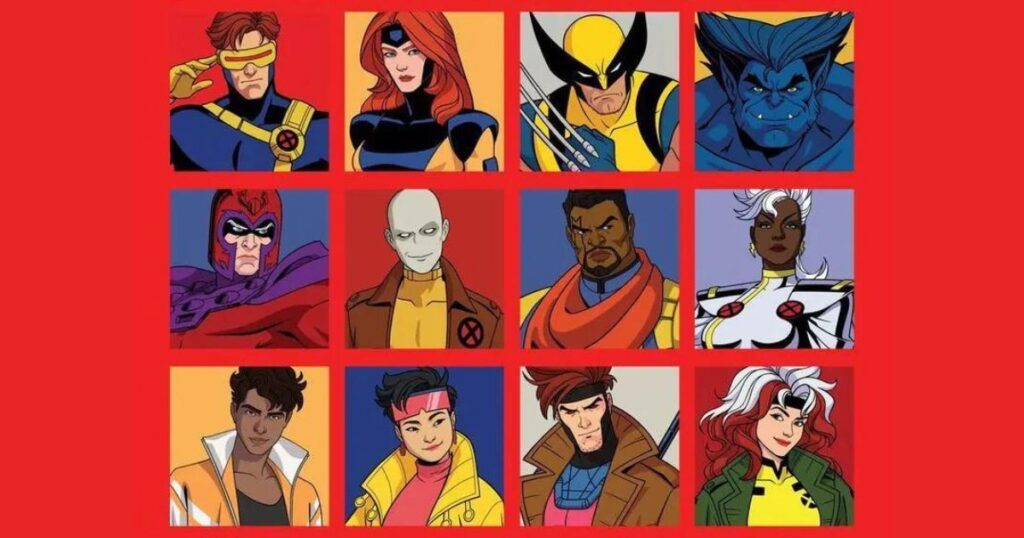In a stunning narrative twist, episode 7 of “X-Men ’97” reveals the true antagonist of the series, who is set to challenge the heroes in the remaining episodes of the season. This development is not only pivotal in shifting the storyline’s focus but also in deepening the complexities of its character dynamics and their roots in the extensive Marvel Comics universe. Suffice to say, there MASSIVE SPOILERS AHEAD!


FINAL WARNING ***SPOILERS AHEAD***
The Emergence of a New Villain in X-Men ’97
As the plot of “X-Men ’97” unfolds, viewers have been eagerly piecing together the clues of who might be the main villain. While the initial episodes presented Mister Sinister as a formidable foe, it was the seventh episode, aptly titled “Bright Eyes,” that brought a dramatic shift in the storyline. The episode opens with the emotional fallout from Gambit’s heroic sacrifice, which destroyed the Wild Sentinel Master Mold. Rogue’s subsequent vendetta against Bolivar Trask highlights the initial misdirection of the narrative towards lesser antagonists.
The episode converges in Madripoor, a nexus of mutant and anti-mutant activities, where the X-Men uncover that Trask’s sentinel designs have evolved into a more terrifying adversary than those encountered on Genosha. This revelation sets the stage for the introduction of Bastion, who emerges not just as a collaborator of Sinister but as the primary architect behind the escalating threat against mutantkind.
Bastion’s Strategic Emergence as the Arch-Villain
Bastion’s introduction into the series is a masterful play of narrative timing and character development. His first appearance is marked by a ruthless act—the elimination of Henry Gyrich, further positioning him as a merciless opponent. His interaction with Mister Sinister, filled with reproach for the latter’s failures, coupled with his awareness of Professor X’s survival, unveils his role as the central antagonist with far-reaching influence and formidable power.
Hints of Bastion’s impending arrival are cleverly seeded throughout the series. From Cable’s warnings about a significant threat to the subtle inclusion of Bastion’s costume in earlier episodes, the series skillfully builds anticipation and curiosity around his character. This narrative technique not only enriches the storyline but also enhances viewer engagement through a deeper connection with the unfolding events.
Decoding Bastion’s Origins and Motivations
Bastion’s origins are deeply rooted in the rich tapestry of Marvel Comics, where he represents a unique synthesis of two of the most powerful sentinels—Master Mold and Nimrod. This fusion occurs through the Siege Perilous, a dimensional portal that transforms him into Sebastion Gilberti, a human guise with no recollection of his past life. However, his underlying programming eventually resurfaces, reigniting his inherent animosity towards mutants and leading him to initiate the notorious Operation: Zero Tolerance.
In “X-Men ’97,” Bastion’s depiction as a human-sentinel hybrid endowed with advanced nanotechnology illustrates a chilling evolution in his character. His creation of the Prime Sentinels, technologically enhanced humans designed as sleeper agents, underscores his strategic genius and ruthless pursuit of mutant eradication. This aspect of his character is a significant deviation from traditional villains, presenting him not only as a physical threat but also as a mastermind capable of infiltrating human society to further his anti-mutant agenda.
Analyzing Bastion’s Powers and Threat Level
Bastion’s portrayal in “X-Men ’97” is that of a formidable adversary whose powers are amplified by his hybrid nature. His ability to adapt to and counter mutant abilities—traits inherited from Nimrod—makes him a unique threat in the X-Men universe. His control over the OZT and the advanced Prime Sentinels provides him with a tactical advantage, positioning him as a leader capable of orchestrating widespread chaos against mutants.
Moreover, Bastion’s cybernetic enhancements allow him extraordinary physical capabilities, including superhuman strength, agility, and durability. These enhancements, combined with his strategic acumen, make him a dominant force in the series. The depiction of his powers, particularly his ability to manipulate and reanimate technology and organic matter, as seen with Bolivar Trask, highlights the depth of his menace and the potential for more dramatic confrontations in future episodes.
Conclusion: The Implications of Bastion’s Rise
The introduction of Bastion as the real villain in “X-Men ’97” reshapes the narrative landscape of the series, setting up a climactic confrontation in the upcoming episodes. His complex origin, immense powers, and strategic mind make him one of the most intriguing and formidable villains in the Marvel animated universe. As the series progresses, the depth of his character and the breadth of his influence promise to challenge the X-Men in ways they have not previously encountered, ensuring that viewers remain hooked to the unfolding drama.
The unfolding narrative of “X-Men ’97” not only entertains but also enriches the viewer’s understanding of the broader Marvel universe. Bastion’s role as a central figure
in this narrative is a testament to the intricate storytelling and character development that the series offers, making it a significant addition to the Marvel media landscape.
Explore more about the complex world of X-Men and other animated marvels at HITPLAY.
Tags
X-Men ’97, Bastion, Marvel Comics, Animated Series, Super Villains

